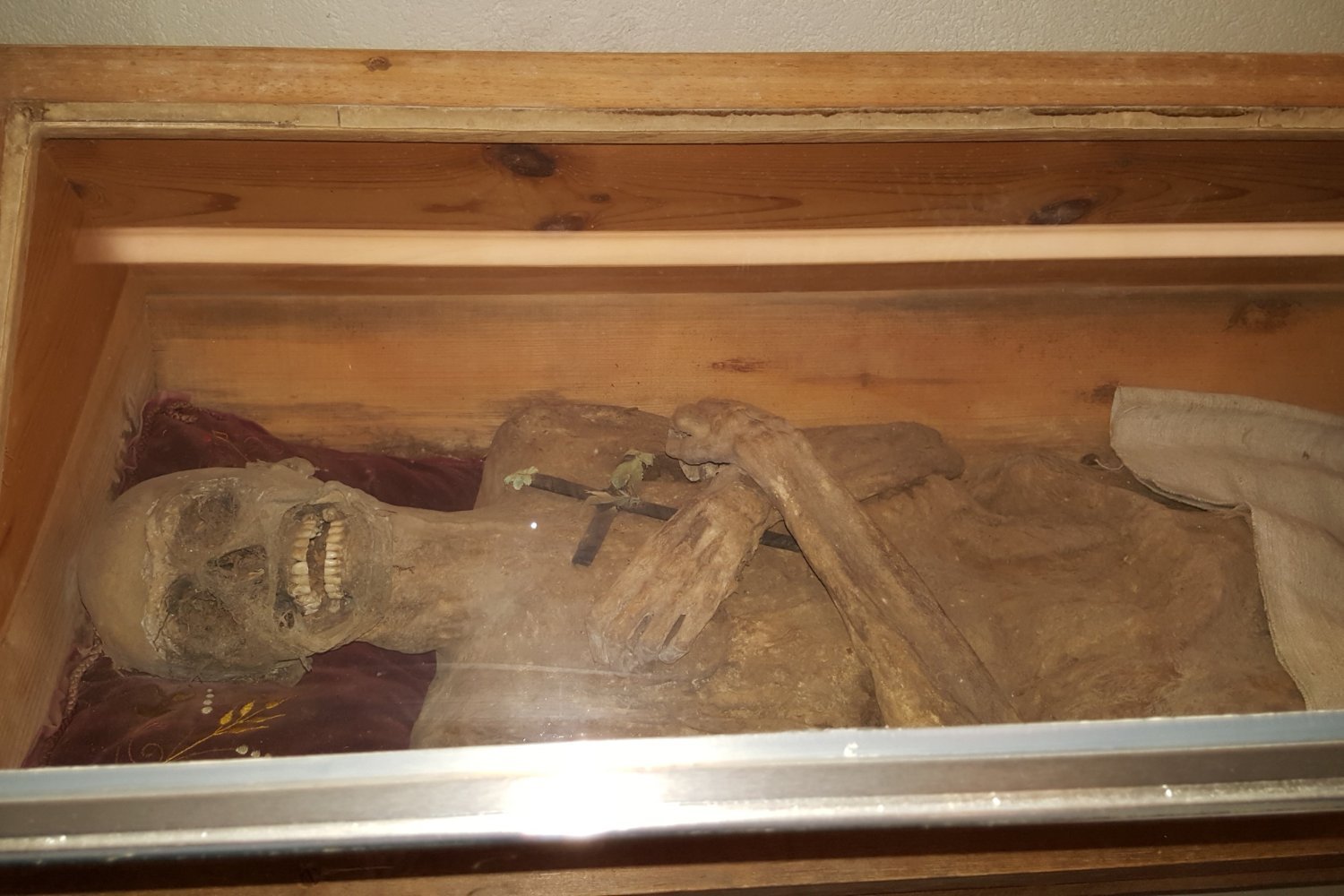The Discovery of an Unconventional Mummy
When the term "mummy" is mentioned, it is likely that ancient Egypt comes to mind. However, various cultures have practiced embalming their deceased, and a recent finding has revealed a particularly unexpected case.
A Unique Embalming Method
As detailed in a study published in the journal Frontiers in Medicine, researchers analyzed a remarkably well-preserved 18th-century mummy from a small village in Austria. The individual in question represents the first documented example of a previously unknown and unconventional embalming method, which involved inserting various materials into the person’s body through the rectum. Surprisingly, this method appears to have been effective, allowing researchers to study the mummification process centuries later.
The Mummy’s Origins
According to Andreas Nerlich, a pathologist at Ludwig-Maximilians-Universität and the study’s lead author, "The exceptionally well-preserved mummy in the church crypt of St Thomas am Blasenstein is the remains of a local parish vicar, Franz Xaver Sidler von Rosenegg, who died in 1746." The research team discovered that the excellent preservation of the mummy was due to an unusual type of embalming, which involved filling the abdomen with wood chips, twigs, and fabric through the rectal canal, as well as the use of zinc chloride for internal drying.
Image of the Mummy
[Image: Full Body Mummy. © Andreas Nerlich]
The front and back of the mummy are shown, with the upper body remarkably intact.
Investigation and Analysis
While the head and lower extremities were in poor condition, the vicar’s upper body was completely intact. To study the mummy and identify the individual, the researchers conducted radiocarbon dating, CT scans, and an autopsy. In the abdomen and pelvic cavity, they identified linen, flax, and hemp fabrics, as well as a bead, pieces of branches, and fir and spruce wood chips.
The Embalming Process
Nerlich explained, "Clearly, the wood chips, twigs, and dry fabric absorbed much of the fluid inside the abdominal cavity." These materials were widely available in the region of Austria where the mummy was found. Furthermore, the researchers discovered traces of zinc chloride in the mummy, which also serves to dry out materials.
A Previously Undocumented Method
Unlike the well-studied mummification process in ancient Egypt, where priests would remove and treat certain organs, the method of inserting materials into the body via the rectum is a previously undocumented embalming technique. Nerlich noted, "This type of preservation may have been more widespread but unrecognized in cases where ongoing postmortal decay processes may have damaged the body wall, making the manipulations less apparent."
The Life and Death of the Vicar
The researchers revealed that Sidler von Rosenegg likely died between the ages of 35 and 45, sometime between 1734 and 1780, which corresponds with historical records of the vicar’s life. The analysis also suggested that, despite some potential food shortages caused by the War of Austrian Succession, Sidler von Rosenegg lived a relatively good life. His skeleton showed no evidence of significant stress, and his diet consisted of a balance of grains, animal products, and possibly fish. However, he was a long-term smoker and likely suffered from lung tuberculosis in his final days.
Conclusion
Ultimately, the study demonstrates that there is still much to be learned about how past cultures treated their dead, even in relatively recent times, such as 18th century Austria.
Source Link





